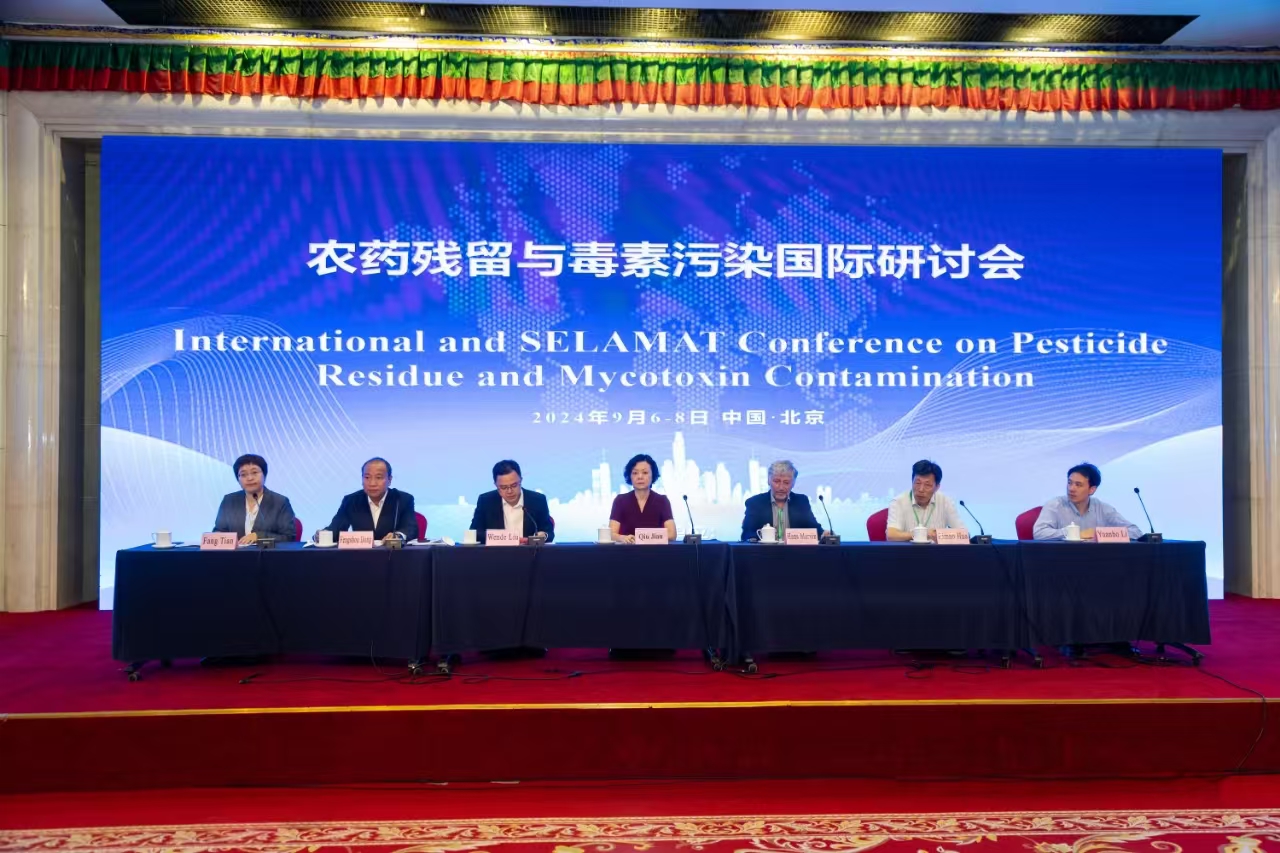A 90 day safety assessment of genetically modified rice expressing Cry1Ab/1Ac protein using an aquatic animal model
Zhu HJ, Chen Y, Li YH, Wang JM, Ding JT, Chen XP, Peng YF
Abstract
In fields of transgenic Bt rice, frogs are exposed to Bt proteins through consumption of both target and nontarget insects. In the present study, we assessed the risk posed by transgenic rice expressing a Cry1Ab/1Ac fusion protein (Huahui 1, HH1) on the development of Xenopus laevis. For 90 days, froglets were fed a diet with 30% HH1 rice, 30% parental rice (Minghui 63, MH63), or no rice as a control. Body weight and length were measured every 15 days. After sacrificing the froglets, we performed a range of biological, clinical, and pathological assessments. No significant differences were found in body weight (on day 90: 27.7 ± 2.17, 27.4 ± 2.40, and 27.9 ± 1.67 g for HH1, MH63, and control, respectively), body length (on day 90: 60.2 ± 1.55, 59.3 ± 2.33, and 59.7 ± 1.64 mm for HH1, MH63, and control, respectively), animal behavior, organ weight, liver and kidney function, or the microstructure of some tissues between the froglets fed on the HH1-containing diet and those fed on the MH63-containing or control diets. This indicates that frog development was not adversely affected by dietary intake of Cry1Ab/1Ac protein.
J Agric Food Chem. 2015 Apr 15;63(14):3627-33. doi: 10.1021/jf5055547
-
 China-Laos Training Workshop on Integrated Management of Destructive Crop Pests and Diseases Successfully held in Laos
China-Laos Training Workshop on Integrated Management of Destructive Crop Pests and Diseases Successfully held in Laos -
 New Plant Protection: New challenge and new opportunity for plant protection
New Plant Protection: New challenge and new opportunity for plant protection -
 International and SELAMAT Conference on Pesticide Residue and Mycotoxin Contamination Held in Beijing
International and SELAMAT Conference on Pesticide Residue and Mycotoxin Contamination Held in Beijing -
 CAAS President Meets Chairman of ASEAN FAW Taskforce
CAAS President Meets Chairman of ASEAN FAW Taskforce
